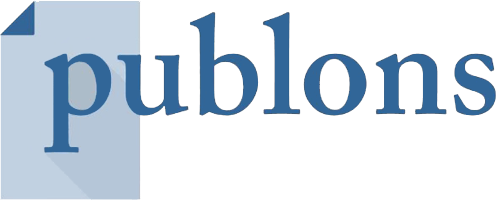Micronutrient intake by preschool aged children attending kindergartens in Kosovo
Micronutrient intake of preschoolers
Keywords:
Kosovo, Pre-school children, Micronutrients, KindergartensAbstract
Aim: Assessment of the micronutrient intake of children attending kindergartens in Kosovo. The micronutrient intake assessment included breakfast meal, lunch meal and afternoon snack, while data of food consumption after kindergartens hours were not collected. Methods: Preschool aged children (n=469) from randomly selected kindergartens of Kosovo have participated in a dietary intake assessment through weighted dietary record method. The micronutrient assessed in this study included minerals such as calcium, iodine, iron magnesium, phosphorus, potassium, sodium and zinc, while vitamins assessed included: biotin, folic acid, niacin, thiamine, riboflavin vitamin C and other vitamins such as: B6, B12, vitamin D, vitamin E and vitamin K. The one - way analyses of variance (ANOVA) was used for determination of differences between the mean values according to age and gender as well as between public and private kindergartens. Results: The intake of several micronutrients in selected kindergartens was below recommendations (iodine, iron), folic acid intake was quite low and the average intake of thiamine, riboflavin and vitamin C by children attending public kindergartens was below 50 % of daily recommended allowances, while sodium intake percentage was much higher (for 1<4 old children was 291% and for 4<7 years old children was about 306%) than the recommended daily intake. Conclusions: Diets of the kindergartens children in Kosovo are deficient in several micronutrients.
Downloads
Published
Issue
Section
License
This is an Open Access article distributed under the terms of the Creative Commons Attribution License (https://creativecommons.org/licenses/by-nc/4.0) which permits unrestricted use, distribution, and reproduction in any medium, provided the original work is properly cited.
Transfer of Copyright and Permission to Reproduce Parts of Published Papers.
Authors retain the copyright for their published work. No formal permission will be required to reproduce parts (tables or illustrations) of published papers, provided the source is quoted appropriately and reproduction has no commercial intent. Reproductions with commercial intent will require written permission and payment of royalties.

This work is licensed under a Creative Commons Attribution-NonCommercial 4.0 International License.





